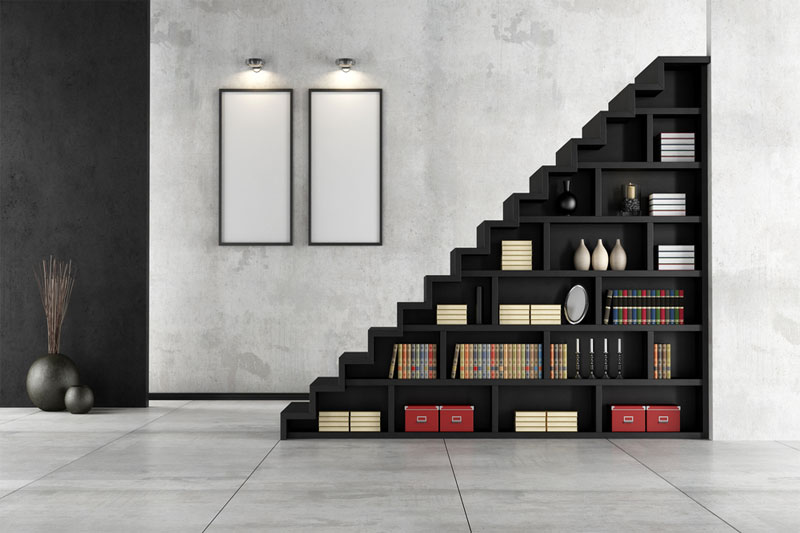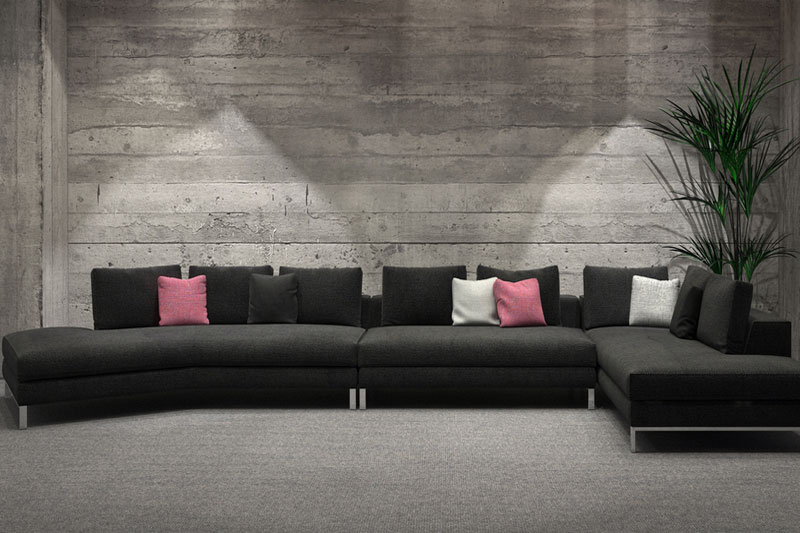Cement rendering is the process of applying a layer of sand and cement to bricks or mud brick. It is mostly used to improve the appearance of the house. Rendering also helps against weather hazards.
 |
|
Cement Rendering |
- Cement rendering is a mix which consists of 6 parts of fine sand, 1 part of cement, and 1part of lime. Lime is an important ingredient in rendering as it prevents cracking after the render dries. Different additives are used to improve adhesion.
- Usually, in cement renders, the base layer mix consists of coarser sand, whereas the finer sand is used in the top layer. Cement rendering is mostly used on exterior walls, although it can be used on interior walls as well.
- When you opt for cement rendering, you can easily get that in different styles to suit your needs, and these styles can be achieved by using trowels, brushes and sponges. Traditional rendering and modern home rendering methods differ, but the cement and brick rendering experts can work efficiently to suit all your needs.
- The look of the exterior and the longevity of your home can be enhanced, if you opt for professional rendering services.
a) Acrylic rendering
Acrylic rendering is preferred because it has high water resistance and strength. It also has anti-fungal properties. Also it can be used on different surfaces such as concrete, cement blocks and concrete paneling. The acrylic rendering depends on the mix and can be used on smoother surfaces as well. They have a shiny finish. It takes only 2 days for acrylic renders to dry as compared to traditional renders which take almost 28 days to dry. Cement rendering can only look good, if you know the local weather conditions of your place, and carry on with the rendering process accordingly.
 |
|
Rendering |
b) Traditional rendering
In case of traditional rendering the surface to be rendered is sawed and scraped to remove the dirt and loose particles. If any old render is present, the same needs to be removed first. The surface is made rough to ensure adhesion. Various additives are used to provide accurate adhesion. It takes almost 28 days for traditional renders to dry and cure.
Most people prefer traditional rendering as it is an old method of cement rendering. However acrylic rendering is also becoming popular as it takes lesser time. Also acrylic rendering provides a glistening finish which looks very attractive.
How much does cement rendering cost?
- Cement rendering is usually billed by square meters. The rate per square meter depends on your location, the kind of contractor you hire, and the quality of materials you choose.
- On an average though, cement rendering of a single storey house can cost you between $20 per square meter and $50 per square meter.
- On average, a single storey house has about 400 square meters of walls that need to be rendered. Thus, if we take the average price of cement rendering to be $35 per square meter, it would cost you about $14,000 for complete rendering of your house.
 |
|
Wall Rendering |
How to choose a contractor for cement rendering
As rendering become more popular, it is becoming less expensive. However, the ultimate price that you pay for rendering depends on the quality of contractor you hire. Ideally, you should hire a contractor for cement rendering based on the following parameters:
1. The kind of experience a contractor has
2. The reputation of the contractor
3. The kind of finish you want for the render
For example, if you are going for a textured finish, it is going to cost you substantially more, than if you simply go for a trowel finish. You can search online for different cement rendering solutions, and to get the perfect coating and finish.



